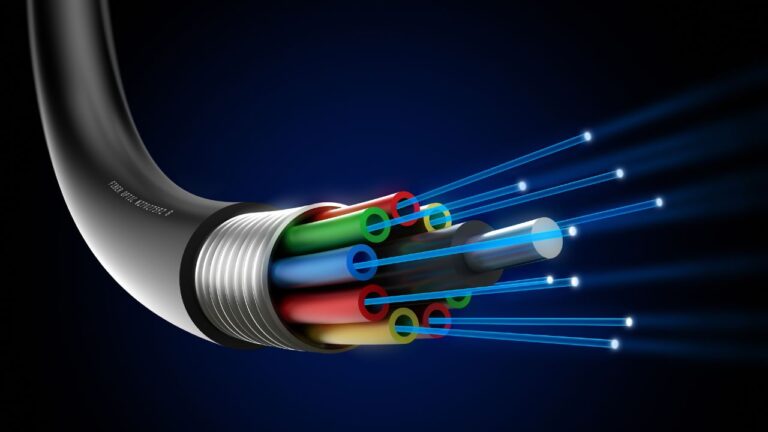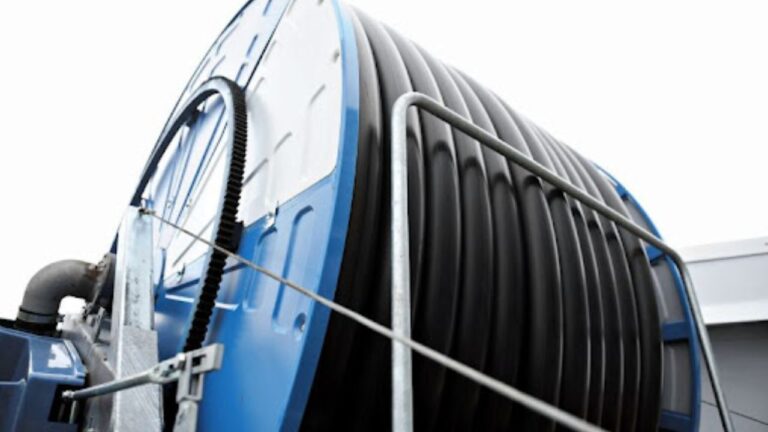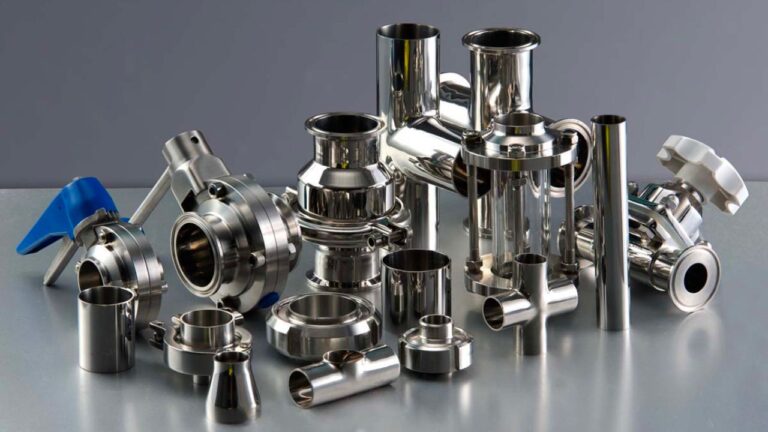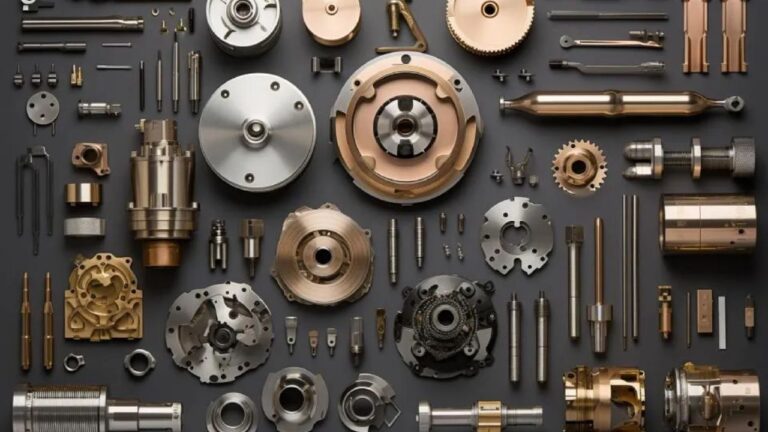CNC Turning for Telecommunications Equipment
Frigate delivers CNC turned components engineered for high-frequency signal integrity, thermal management, and compact telecom architectures. Our process minimizes failure risks across material, geometry, and assembly for reliable, scalable performance.
Our Clients



































- Precision Through Smart Turning
Sub-Micron Tolerance Solutions for High-Frequency Systems
Advanced turning solutions engineered to control tolerance, RF-critical surfaces, and thread geometry for flawless performance in dense, high-frequency telecommunications assemblies.
Precision Tolerance Control
Twin-spindle lathes with live tooling correction maintain ±3 µm accuracy, eliminating tolerance stackup across mating parts for seamless fit in RF filters, enclosures, and connector assemblies.
RF-Optimized Surface Finish
Programmable surface texturing minimizes micro-pitting and stabilizes reflection coefficients below −35 dB, ensuring signal integrity in high-frequency multiplexing and mmWave applications.
Thread Helix Stabilization
Synchronized encoder control with 3D flank correction ensures uniform thread geometry, reducing phase noise and maintaining sub-ps jitter in high-precision RF connectors.
- Process Reliability for Every Batch
Our CNC Turning Process
Closed-loop turning processes with live tooling correction ensure sub-5 µm tolerance control across complex geometries, supporting connector alignment, thermal fitment, and modular enclosure integration.


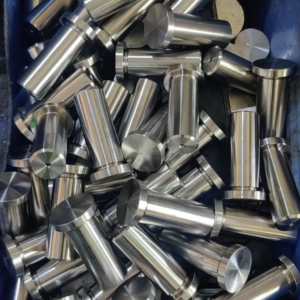
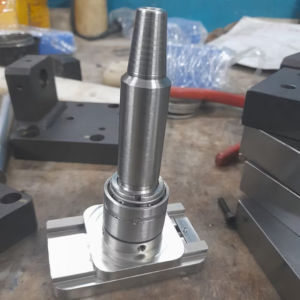
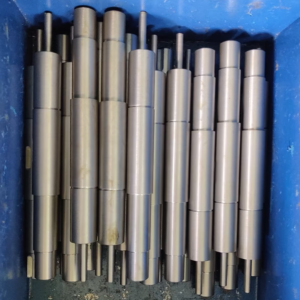

Our team designs the part in CAD software with focus on radial symmetry and tool clearance.
CAM software generates toolpaths based on spindle speeds, feed rates, and material hardness.
Operators load the raw bar stock and calibrate live tooling attachments, ensuring optimal alignment.
The part spins while stationary or live tools shape it via precision radial and axial cuts. Also, Our machines track spindle load and thermal drift in real time.
We perform part-off, facing, and secondary polishing before moving to the inspection stage.
Every part undergoes inspection using CMMs and profile projectors to verify dimensional and geometrical tolerances.
- Real Impact
Words from Clients
See how global OEMs and sourcing heads describe their experience with our scalable execution.
“Quick turnaround and solid quality.”
“The instant quote tool saved us time, and the parts were spot-on. Highly recommend Frigate!”
“Great service, fair price, and the parts worked perfectly in our assembly.”
“Top-notch machining and fast shipping. Very satisfied with the results.”
“Frigate delivered high-quality parts at a competitive price. The instant quote tool is a huge plus for us!”
“We appreciate the precision and quality of the machined components in the recent delivery—they meet our specifications perfectly and demonstrate Frigate’s capability for excellent workmanship.”
“Flawless execution from quote to delivery.”
“The precision on these parts is impressive, and they arrived ahead of schedule. Frigate’s process really stands out!”
“Parts were exactly as spec’d, and the instant quote made budgeting a breeze.”
“Good value for the money.”
“The finish was perfect, and the team was easy to work with.”
- Consistent Finish
Surface Finish for CNC Turned Parts
Engineered surface finishes minimize micro-capacitance and reduce RF attenuation at frequencies above 6 GHz. Controlled texture modulation ensures consistent impedance and return loss performance across all mating surfaces.
Anodizing
Give your aluminum parts a tough, corrosion-resistant shield with anodizing, reaching surface hardness up to HV 500, while enhancing electrical insulation and durability.
Mechanical Finishing
Smooth out imperfections and refine surfaces to Ra 0.2 µm or better with mechanical finishing techniques like grinding, polishing, and bead blasting.
Heat Treatment
Boost material strength and hardness by heat treating parts at temperatures up to 1100°C, ensuring they meet the mechanical demands of your application.
Electroplating
Add protective or functional metal coatings with electroplating, delivering consistent layers as precise as ±2 µm for improved corrosion resistance and conductivity.
Our Machined Products
We support your production needs with CNC-machined parts, subassemblies, and performance-critical components.
- Material Science
Tailored Metallurgy for Electromagnetic and Thermal Demands
Materials are selected based on their electromagnetic transparency, thermal diffusivity, and dimensional stability under frequency and load-induced stress. Machinability is optimized without sacrificing dielectric isolation, galvanic compatibility, or high-frequency signal fidelity.
- High conductivity for minimal insertion loss in signal paths
- Thermal stability for passive cooling in dense enclosures
- Corrosion resistance for outdoor and edge deployments
- Thread integrity for EMI shielding and mechanical retention
A2 Tool Steel is a high-carbon, high-chromium steel known for its toughness and wear resistance. It’s ideal for producing durable, high-strength parts that can withstand heavy use.
Aluminum is a lightweight, corrosion-resistant metal with good machinability. Because of its strength-to-weight ratio, it’s commonly used in aerospace, automotive, and various industrial applications.
Brass is a copper-zinc alloy known for its machinability and corrosion resistance. It’s used for components requiring precise detailing and good mechanical properties.
Bronze is a copper-tin alloy with excellent wear resistance and strength. It’s often used for bushings, bearings, and other friction-prone components.
Cast Iron is known for its high wear resistance and machinability. It’s used in heavy-duty applications such as machinery parts and engine components.
Copper offers excellent thermal and electrical conductivity. It’s used in applications requiring heat dissipation or electrical conductivity, such as electronic components.
Steel is a versatile material known for its strength and durability. It’s used in various applications, from construction to automotive parts.
Titanium is a lightweight, high-strength metal with excellent corrosion resistance. It’s used in aerospace, medical implants, and high-performance engineering applications.
Stainless Steel offers high corrosion resistance and strength. It’s widely used in applications ranging from kitchen equipment to industrial machinery.
Zinc is a ductile and corrosion-resistant metal known for its excellent machinability, especially in its alloy forms. It's often used for components requiring intricate details, good surface finish, and precise dimensions, commonly found in automotive, hardware, and electrical applications.
- Traceable Manufacturing
Serialized Production with Embedded Metrology
Traceability is embedded at the machining level to meet stringent telecom compliance and field-service requirements. Each part is uniquely identified and mapped to its dimensional, metallurgical, and statistical process data.
- In-cycle part serialization for unit-level tracking
- SPC integration with live machining parameters
- CMM-verified conformance linked to part ID
- Full toolpath-to-part genealogy for audit traceability

- Manufacturing Compliance
Process-Controlled Machining for Signal-Critical Hardware
Frigate ensures that CNC-turned components used in telecommunications systems meet tight mechanical and environmental criteria for signal stability and housing integrity. Each part is manufactured with strict dimensional verification, traceability, and cleanroom-ready handling protocols.
- Tolerance verification performed on mating geometries for RF enclosures
- Surface integrity controlled to prevent electromagnetic interference disruptions
- Material traceability maintained from billet to final machined form
- Documentation packages prepared for component-level system audits and integration checks
We meticulously follow this international quality management standard, ensuring consistent precision and repeatability across all CNC turning operations for telecom parts.
We turn materials to relevant ASTM standards, guaranteeing precise chemical composition, high conductivity, and environmental stability for critical telecom applications.
We precisely adhere to GD&T callouts, ensuring exact dimensional accuracy, critical for reliable connector mating and optimal signal transmission.
We achieve specified surface finishes during turning, crucial for optimizing electrical contact, minimizing insertion loss, and enhancing long-term reliability of connectors.
We maintain extremely tight concentricity and runout tolerances for turned shafts and pins, critical for stable connections and precise alignment in optical components.
Our turning processes create features designed for precise impedance matching, essential for high-frequency signal integrity in telecommunications equipment.
We accommodate features for specific coatings or finishes during turning, enhancing corrosion resistance for components exposed to diverse environmental conditions.
- We export to 12+ countries
Frigate’s Global Presence
Frigate takes pride in facilitating “Make in India for the globe“. As our global network of Frigaters provides virtually limitless capacity, and through our IoT enabled platform your parts go directly into production. By digitally and technologically enabling “the silent pillars of the economy” MSME and SME manufacturing industries, we are able to tap the huge potential for manufacturing to bring the best results for our clients.

100,000+
Parts Manufactured
250+
Frigaters
2000+
Machines
450+
Materials
25+
Manufacturing Process

- Process-Controlled Testing
Quality Testing Standards
To measure the roundness of cylindrical features, ensuring they meet tolerance requirements.
To check internal surfaces for flatness, critical for sealing and assembly purposes.
To identify burrs or sharp edges that may affect assembly or safety.
To ensure that complex profiles (e.g., contours, curves) conform to design specifications.
To check the topography and texture of the surface, ensuring it meets the required specifications for function or aesthetics.
To verify that the surface hardness depth meets the required specifications for wear resistance.
To measure internal stresses that could lead to deformation or failure during or after machining.
To verify grain structure, inclusions, and material consistency, ensuring the part meets performance requirements.
- Precision in Every Profile
CNC Turned Parts
Precision machining for extreme stress and thermal stability, enabled by advanced motion control.
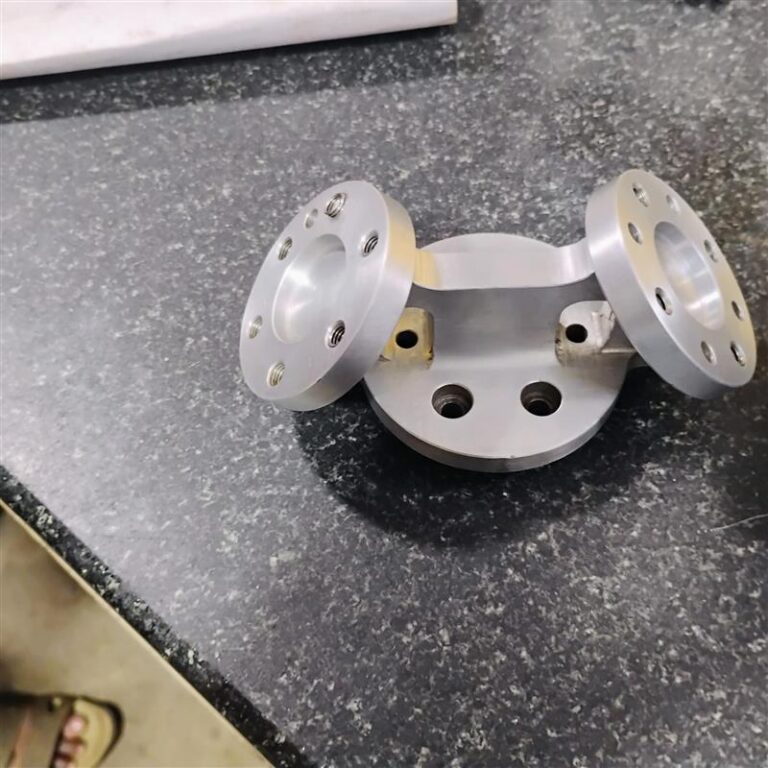
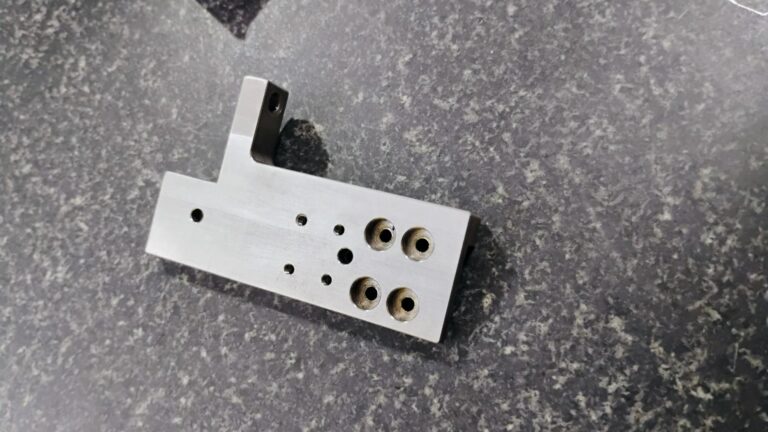
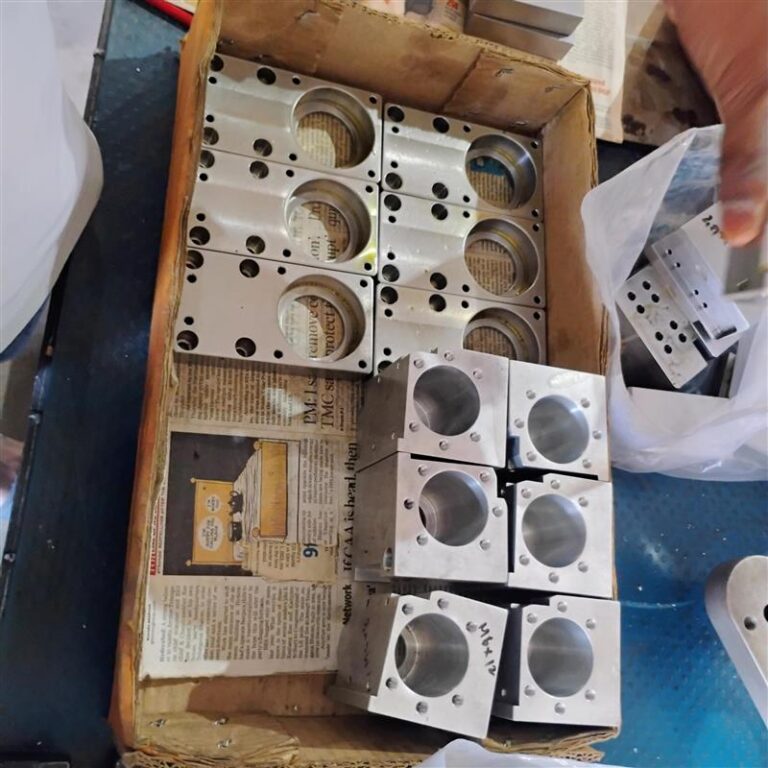
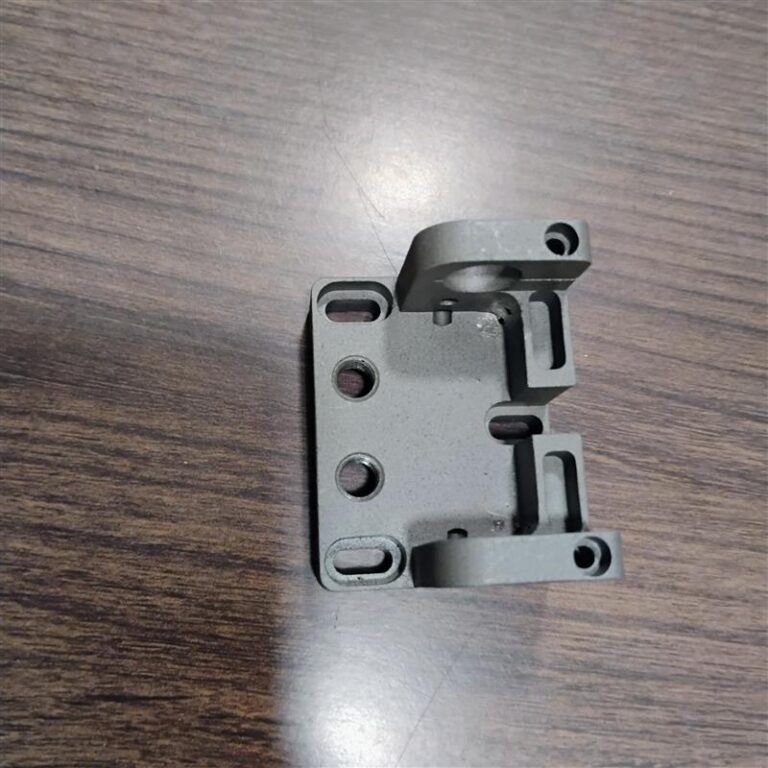
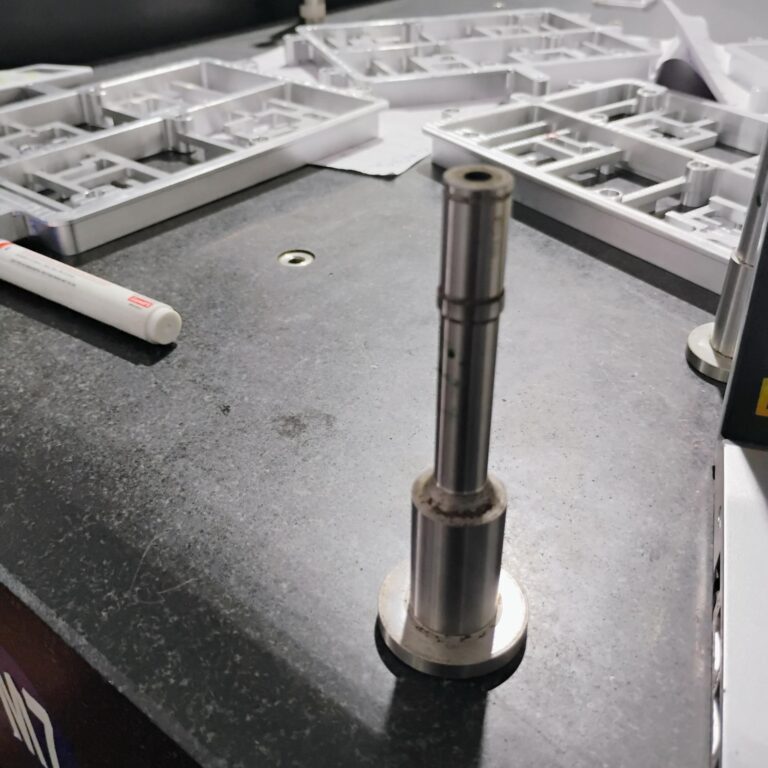
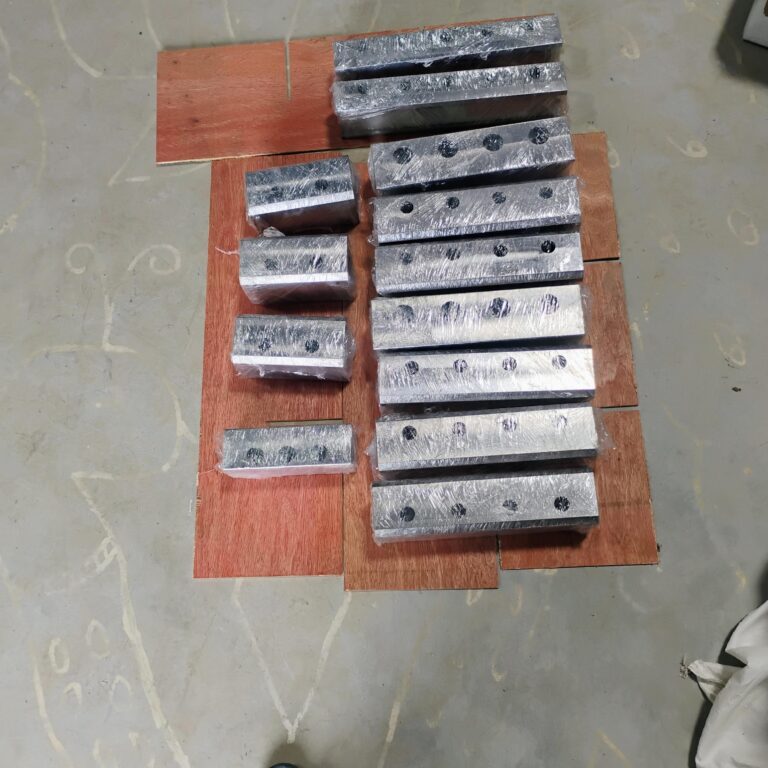
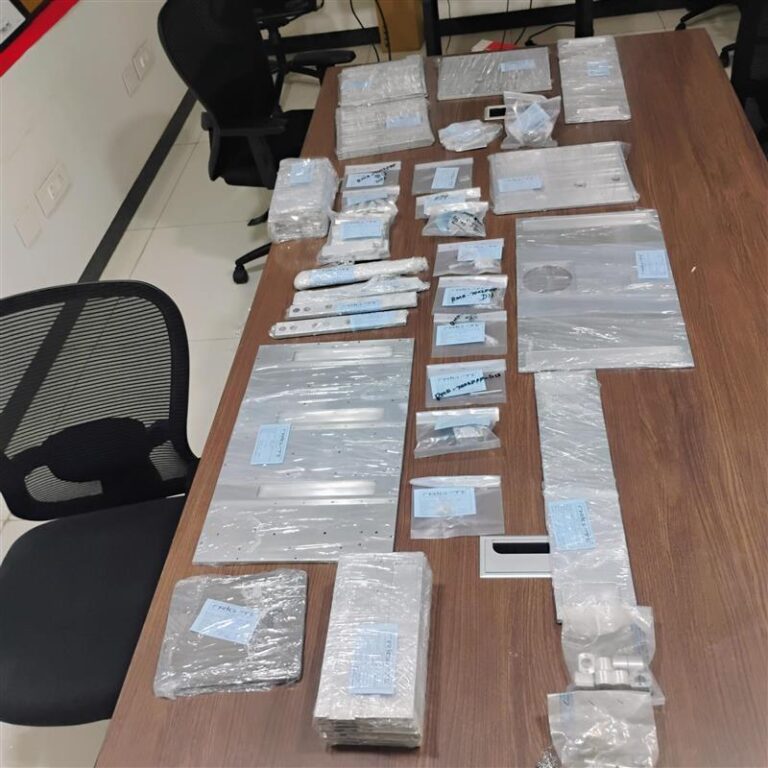

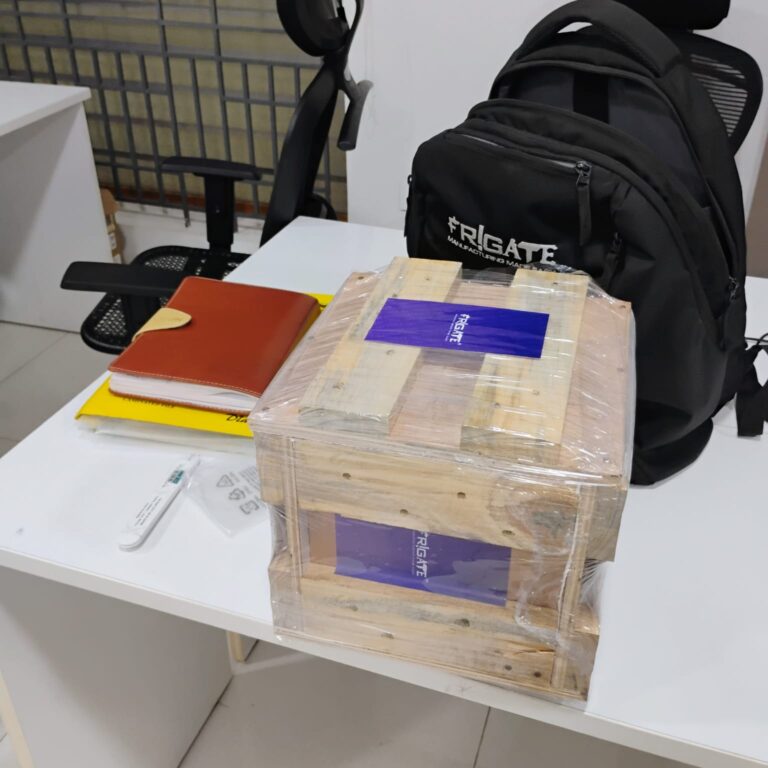



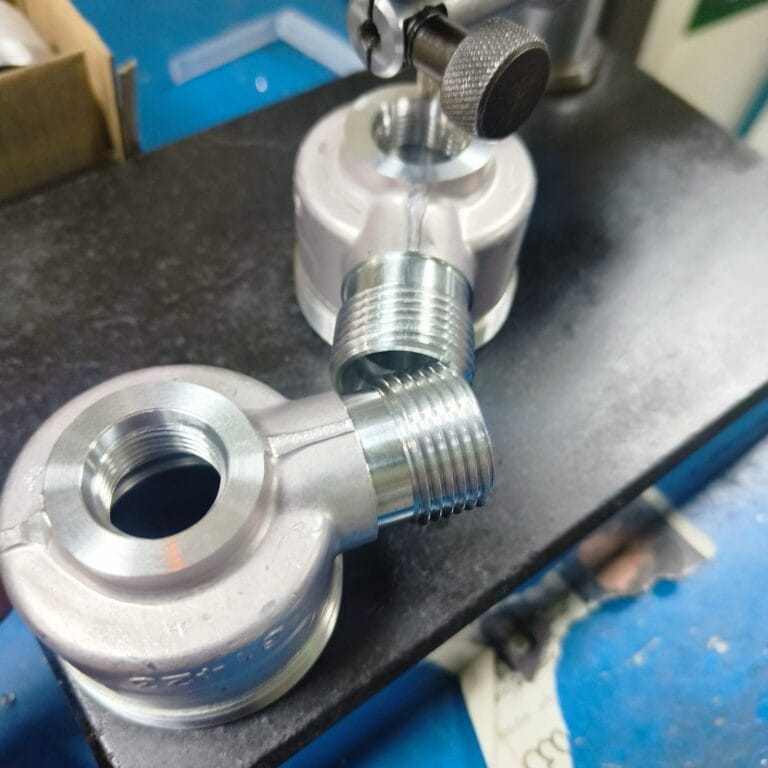

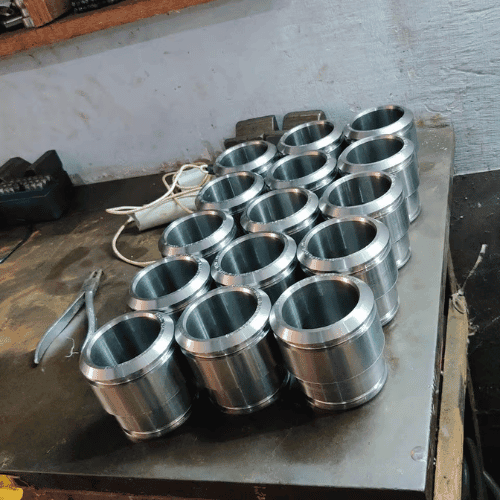
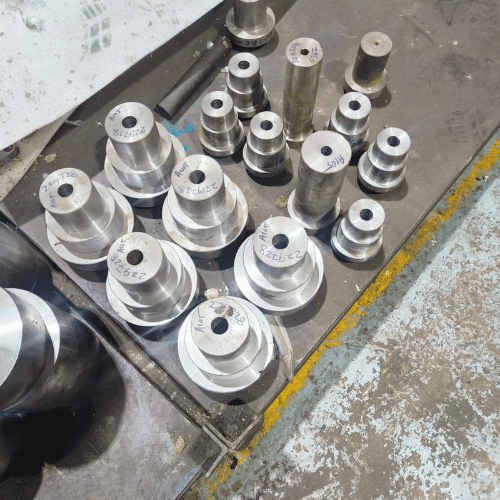
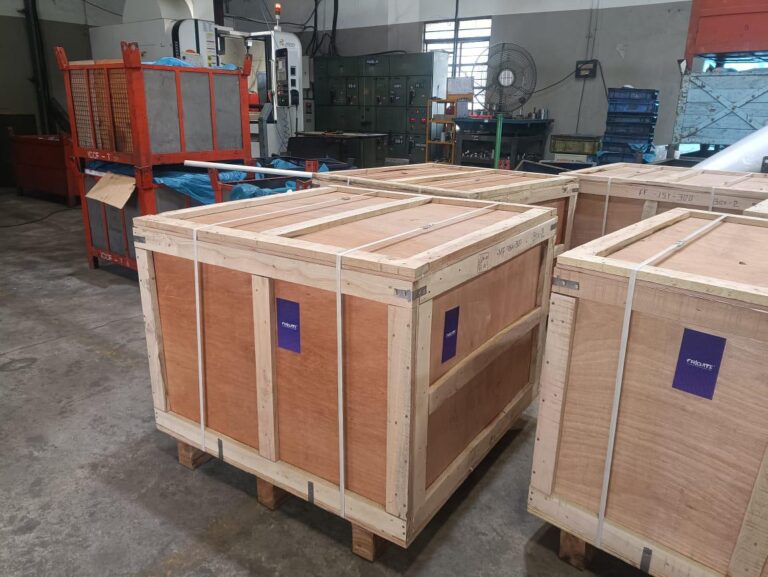
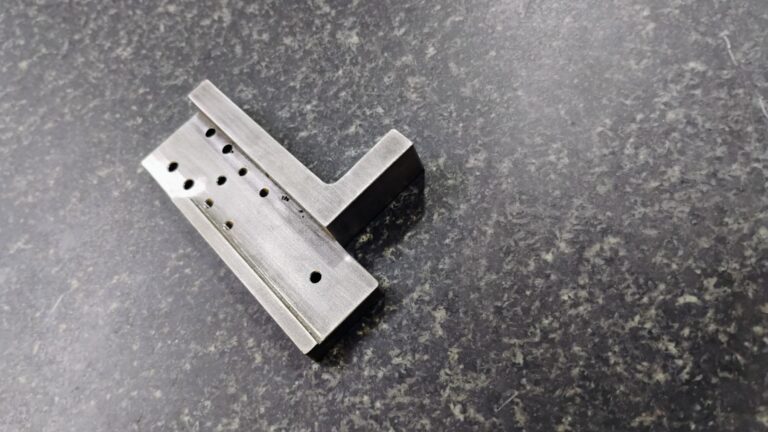
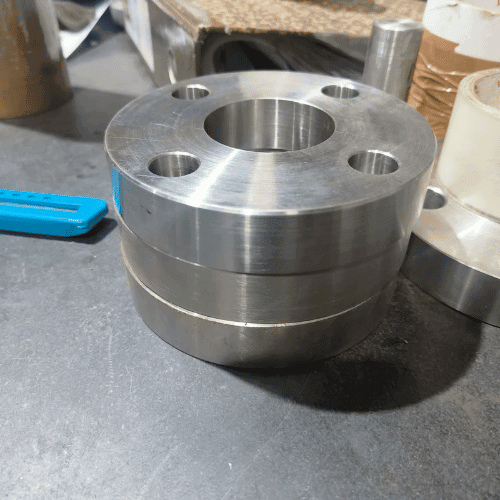
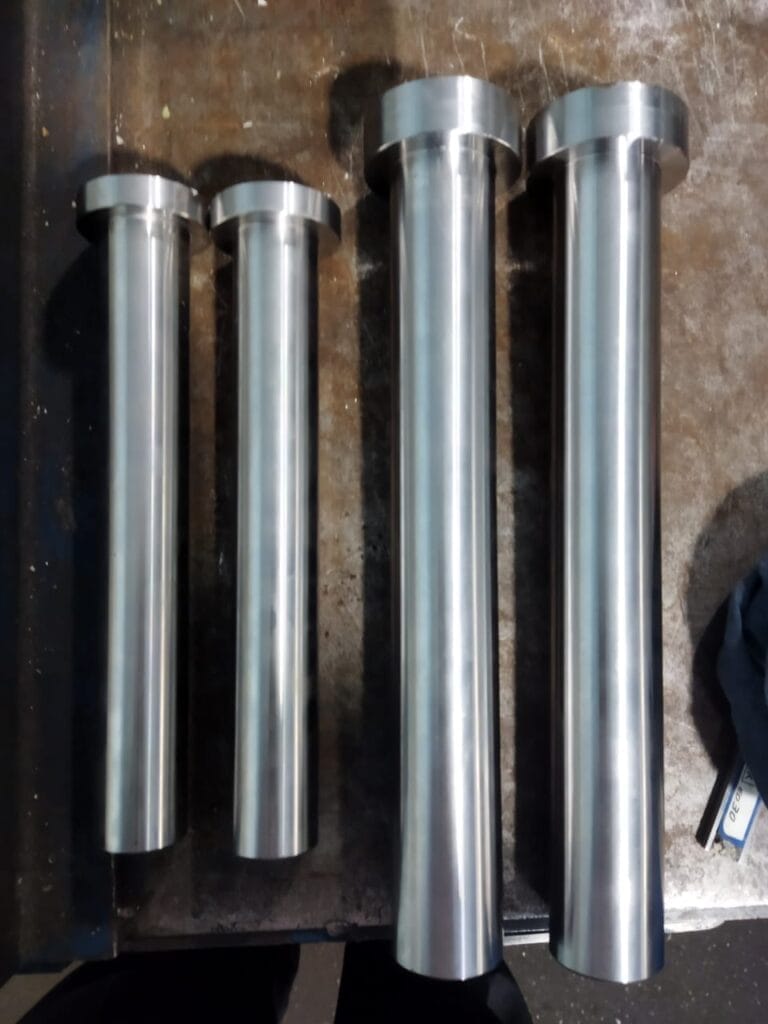

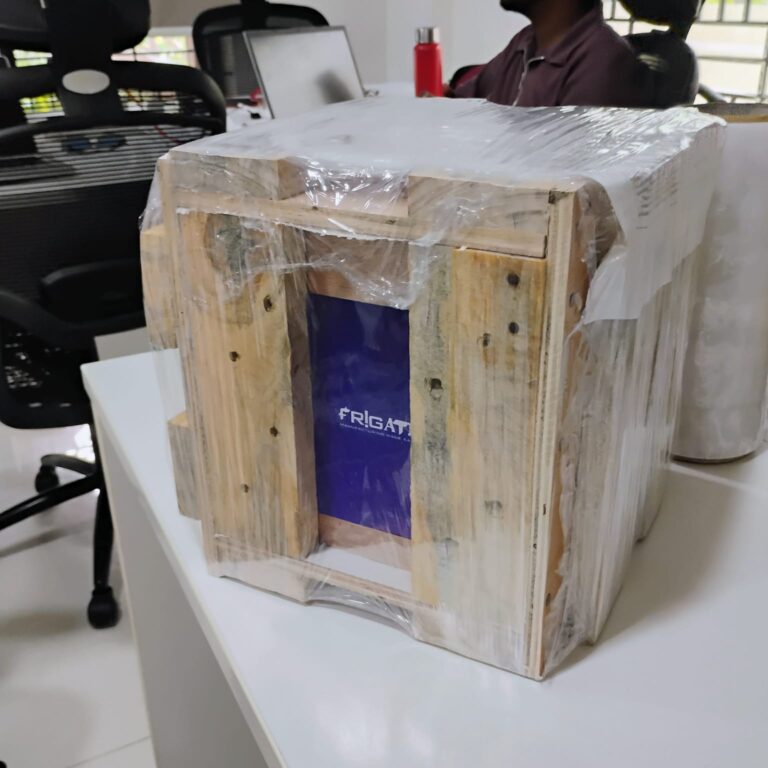

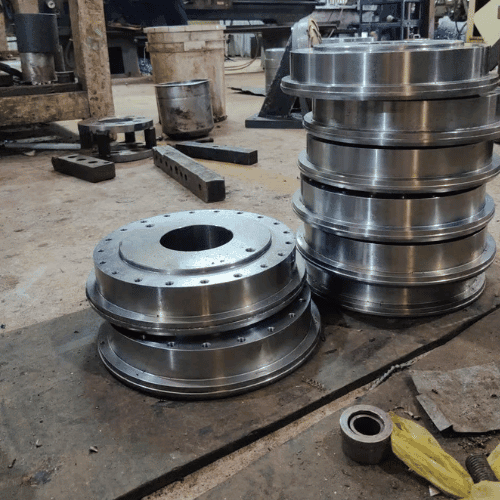
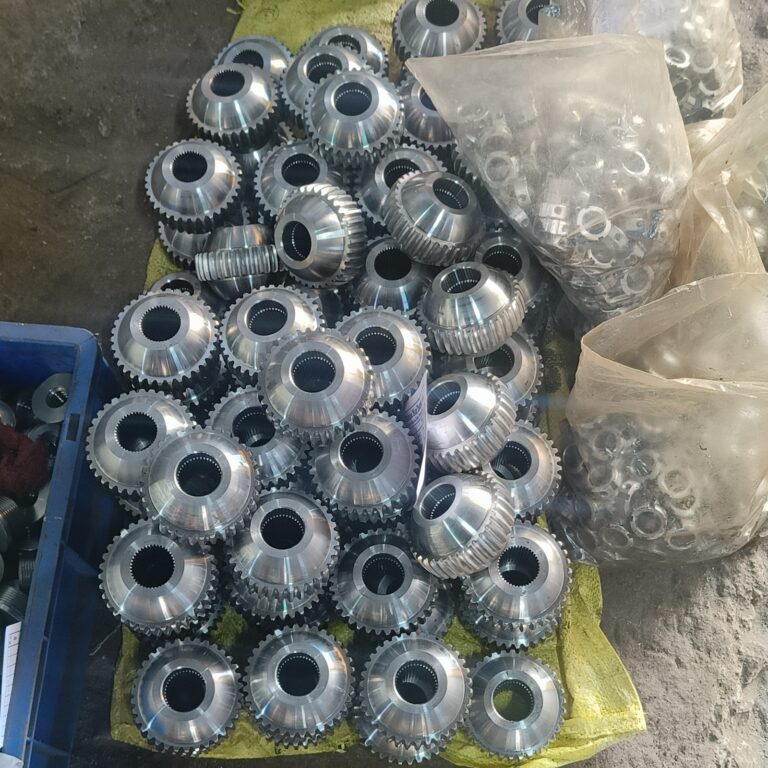
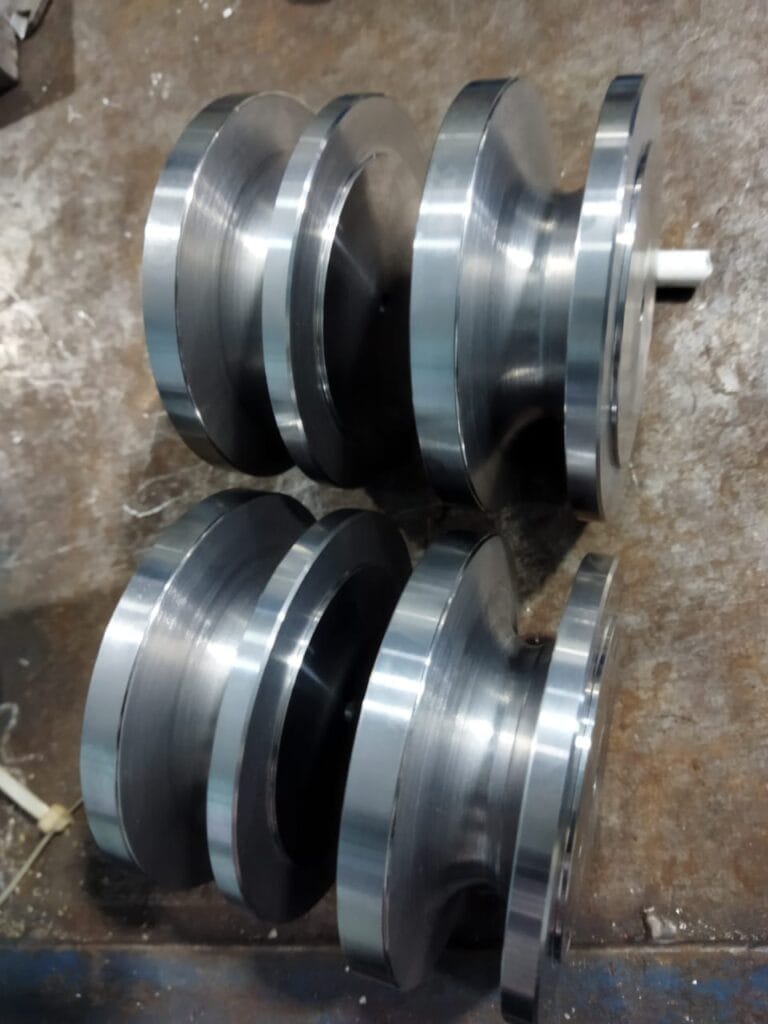
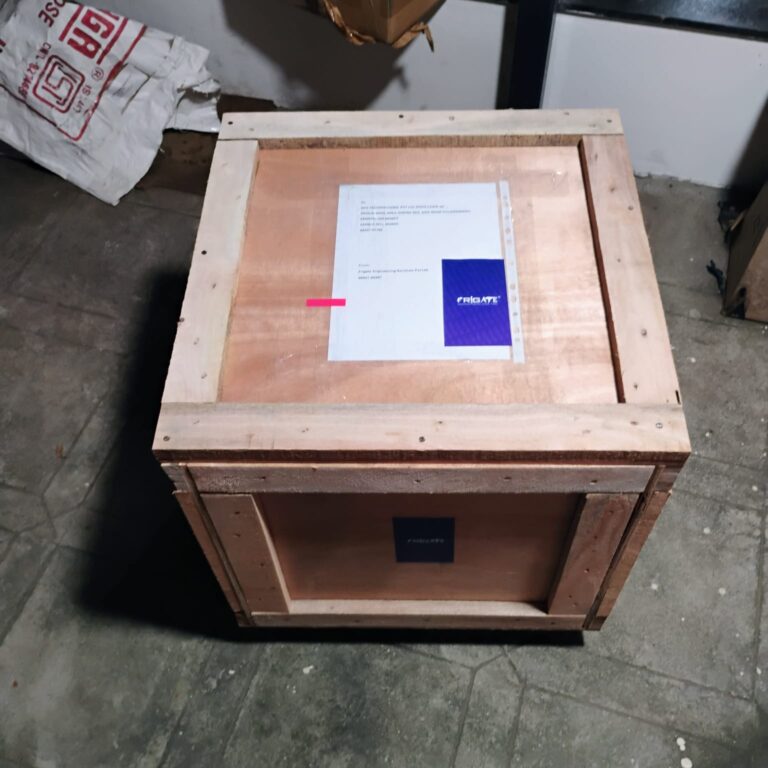

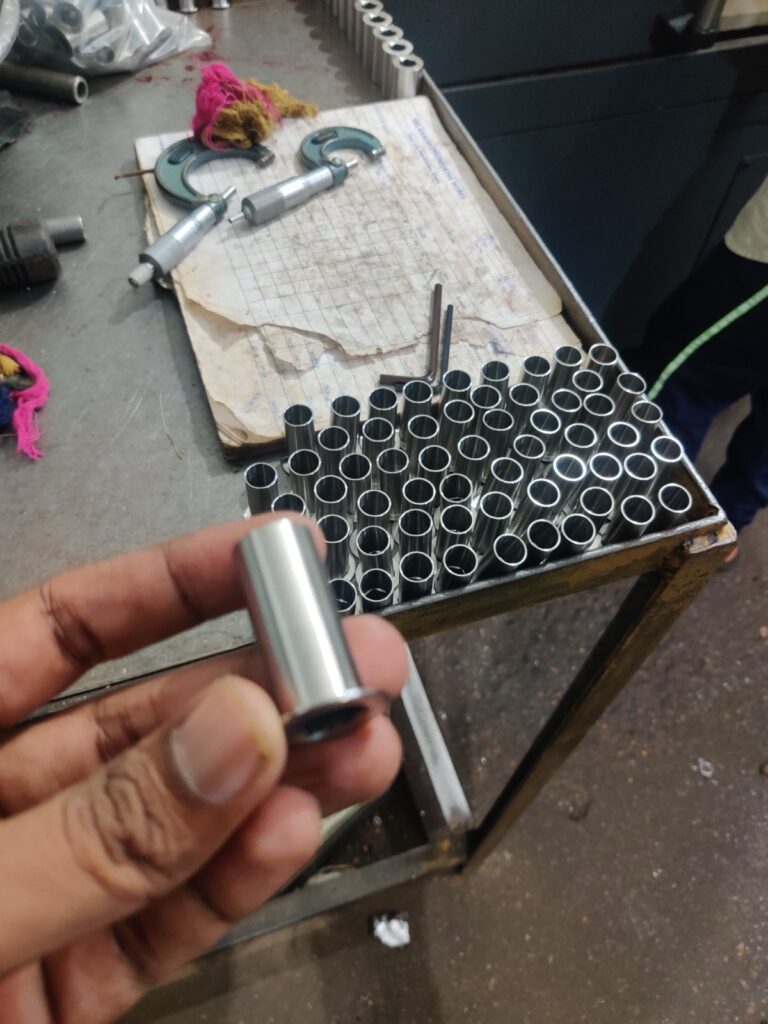
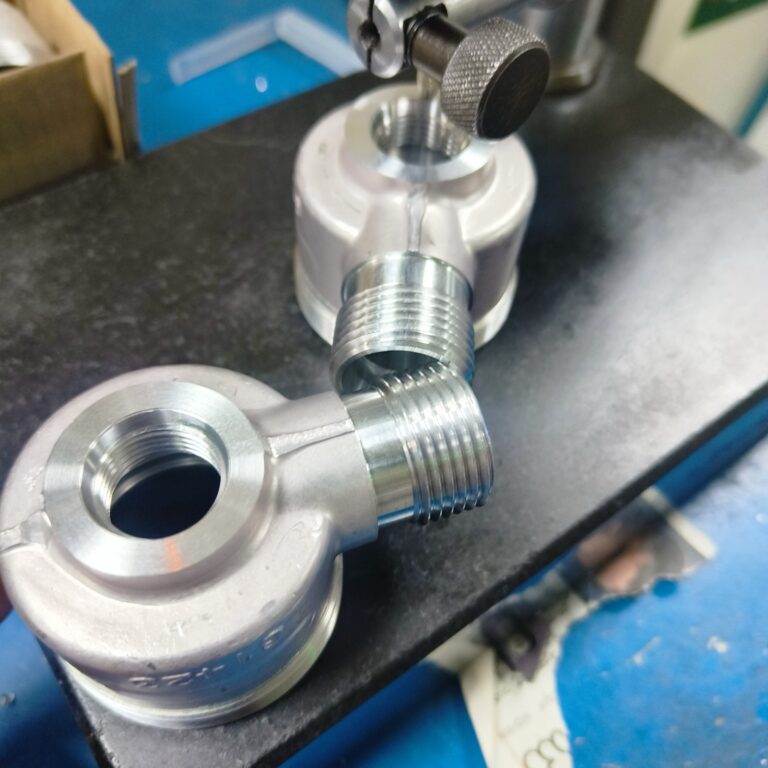
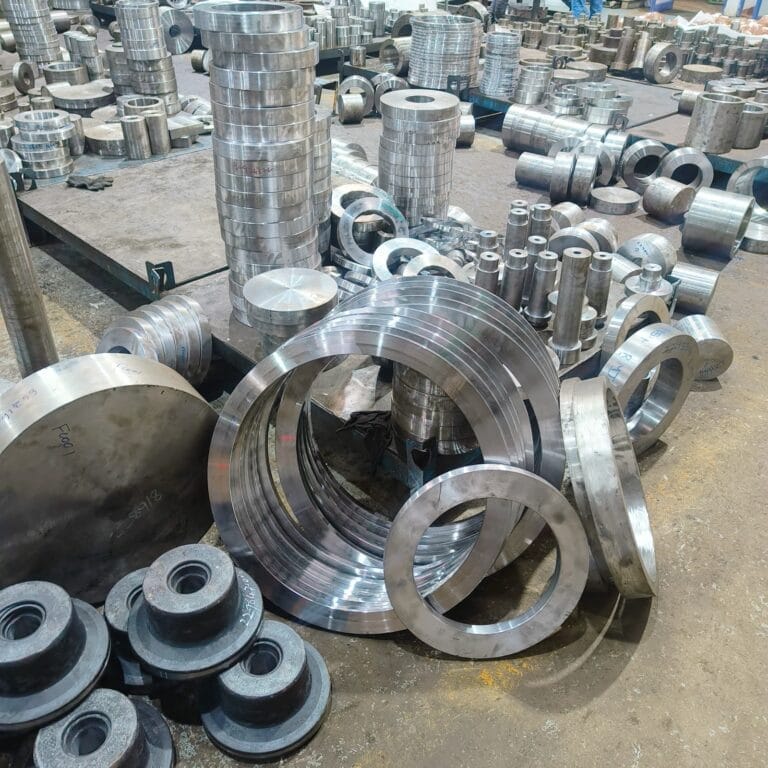
Other Industries We Serve
We deliver machining support across sectors that require consistency, material reliability, and tight dimensional control.
- Solid Progress
Our Manufacturing metrics
Frigate brings stability, control, and predictable performance to your sourcing operations through a structured multi-vendor system.

2.8X
Sourcing Cycle Speed
Frigate’s pre-qualified network shortens decision time between RFQ and PO placement.
94%
On-Time Delivery Rate
Structured planning windows and logistics-linked schedules improve project-level delivery reliability.
4X
Multi-Part Consolidation
We enable part family batching across suppliers to reduce fragmentation.
22%
Quality Rejection Rate
Multi-level quality checks and fixed inspection plans lower non-conformities.
30%
Procurement Costs
Optimized supplier negotiations and bulk order strategies reduce your overall sourcing expenses.
20%
Manual Processing Time
Automation of sourcing and supplier management significantly reduces time spent on manual tasks.
Get Clarity with our Manufacturing Insights
- FAQ
Having Doubts? Our FAQ
Check all our Frequently Asked Questions in CNC Turning
Frigate utilizes synchronized twin-spindle CNC lathes with live tooling to control concentricity within ±3 microns across complex geometries. This precision prevents impedance mismatch in RF connectors and critical enclosure interfaces. Real-time monitoring adjusts cutting parameters to maintain alignment during batch runs. This level of control supports consistent network performance in high-frequency telecom hardware.
Frigate employs programmable surface texturing during finishing cycles to reduce micro-pitting and irregularities on mating surfaces. Achieving surface roughness values below Ra 0.4 microns significantly lowers return loss in mmWave and 5G modules. Our CNC machines use controlled feed rates and high-precision tooling to maintain consistent finishes across production runs. This reduces signal attenuation and enhances electromagnetic shielding effectiveness.
Frigate implements synchronized encoder control with 3D flank correction to machine internal threads precisely. This process maintains uniform thread lead and flank angles, which stabilizes mechanical resonance and phase jitter in PLL-based RF modules. The accuracy achieved keeps phase noise within sub-picosecond ranges even under thermal cycling. Such control is crucial for maintaining timing integrity in advanced telecom systems.
During machining, Frigate applies laser marking with unique identifiers directly onto each part, linking it to full dimensional and metallurgical inspection data. This serialized data is stored in a digital SPC system, enabling real-time monitoring of process variations and batch history. CMM-verified conformance reports accompany every lot for audit readiness. This comprehensive traceability ensures regulatory compliance and faster field issue resolution.
Frigate machines internal fin arrays and radial grooves based on CFD-validated thermal designs to improve heat transfer efficiency. CNC turning ensures tight geometric tolerances on these features to maximize surface contact and airflow in compact enclosures. Controlled machining parameters prevent surface stress that could degrade thermal performance over time. These enhancements extend component life and maintain system uptime under demanding thermal loads.
We'd love to Manufacture for you!
Submit the form below and our representative will be in touch shortly.
LOCATIONS
Global Sales Office
818, Preakness lane, Coppell, Texas, USA – 75019
Registered Office
10-A, First Floor, V.V Complex, Prakash Nagar, Thiruverumbur, Trichy-620013, Tamil Nadu, India.
Operations Office
9/1, Poonthottam Nagar, Ramanandha Nagar, Saravanampatti, Coimbatore-641035, Tamil Nadu, India. ㅤ
Other Locations
- Bhilai
- Chennai
- Texas, USA


